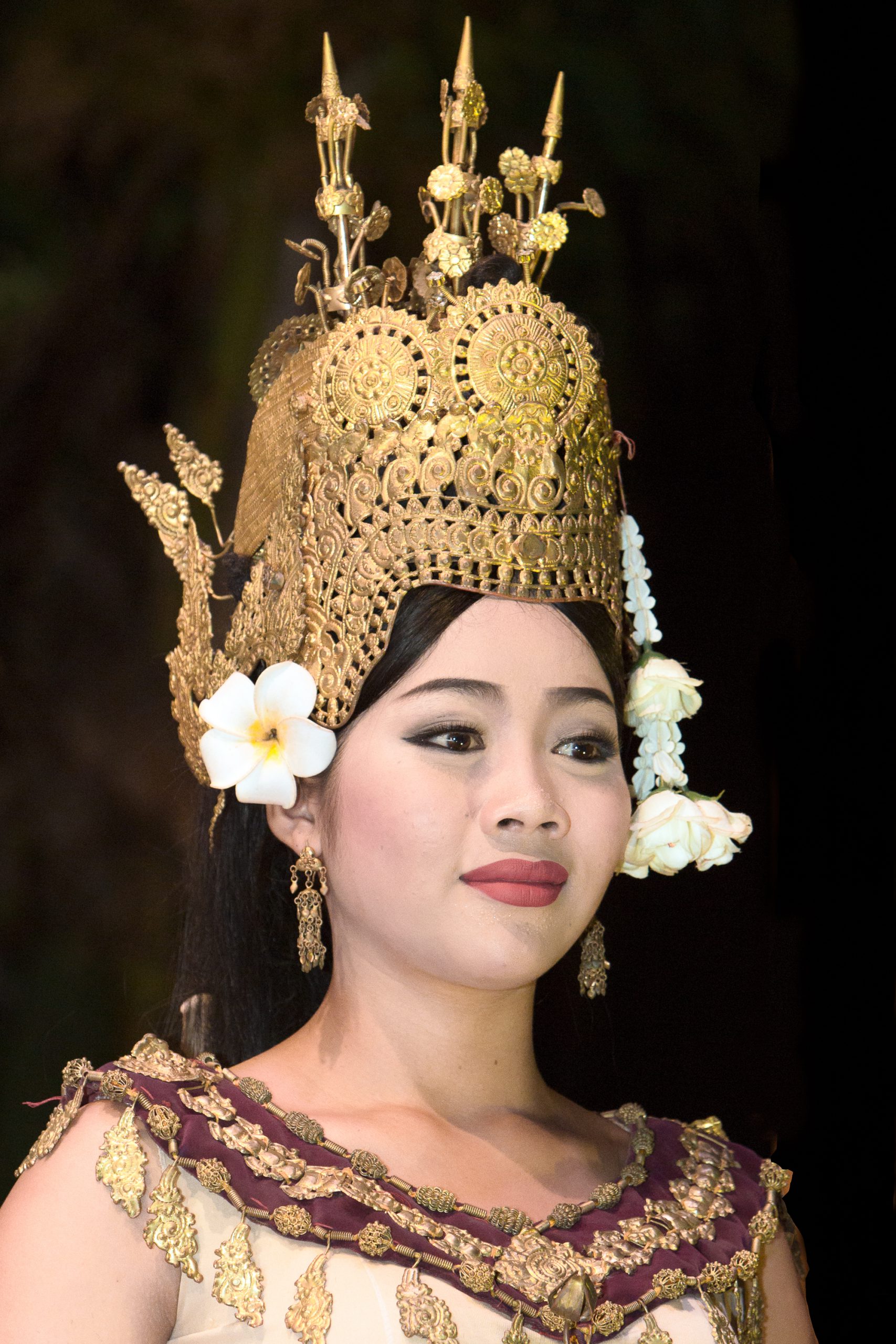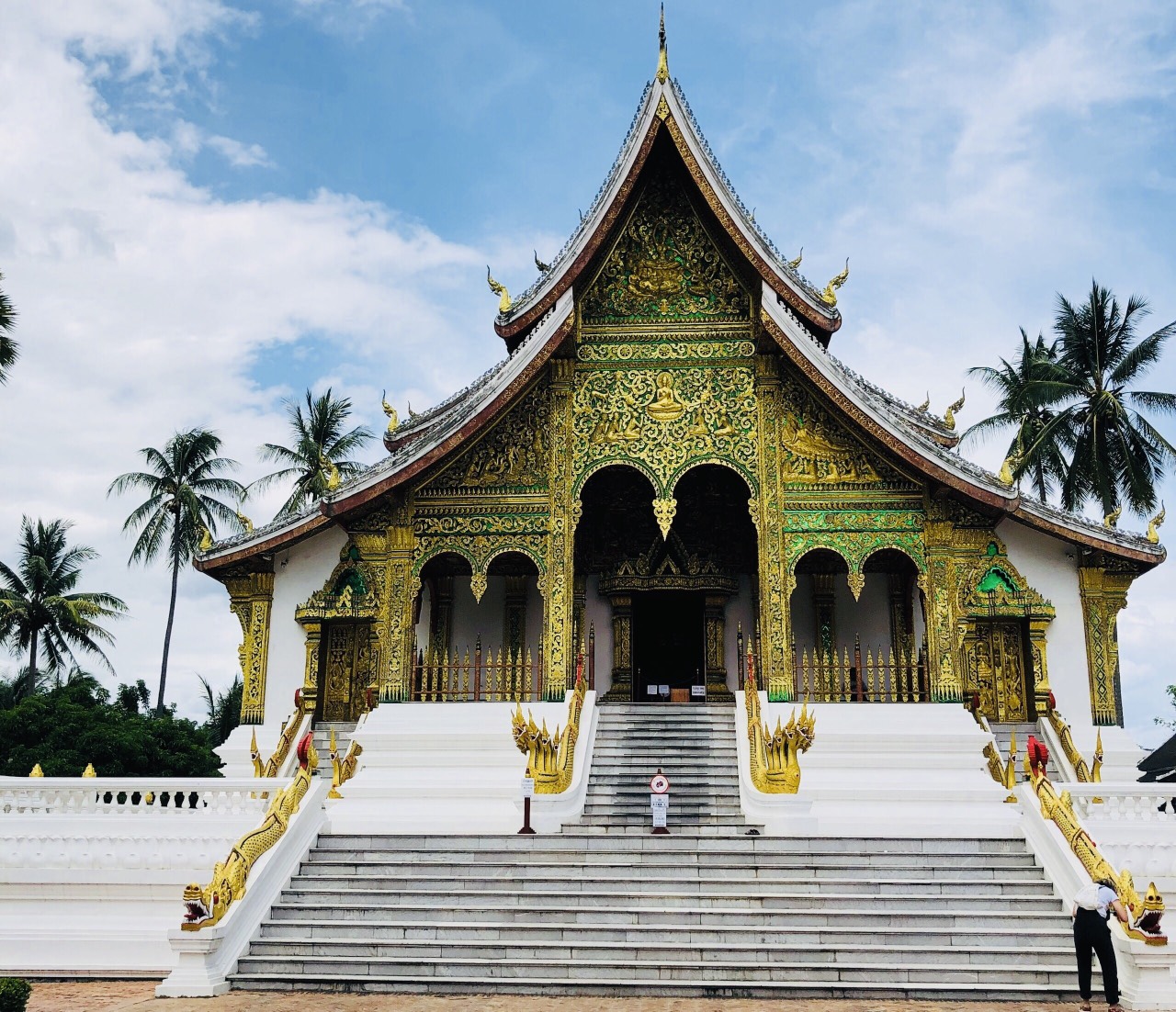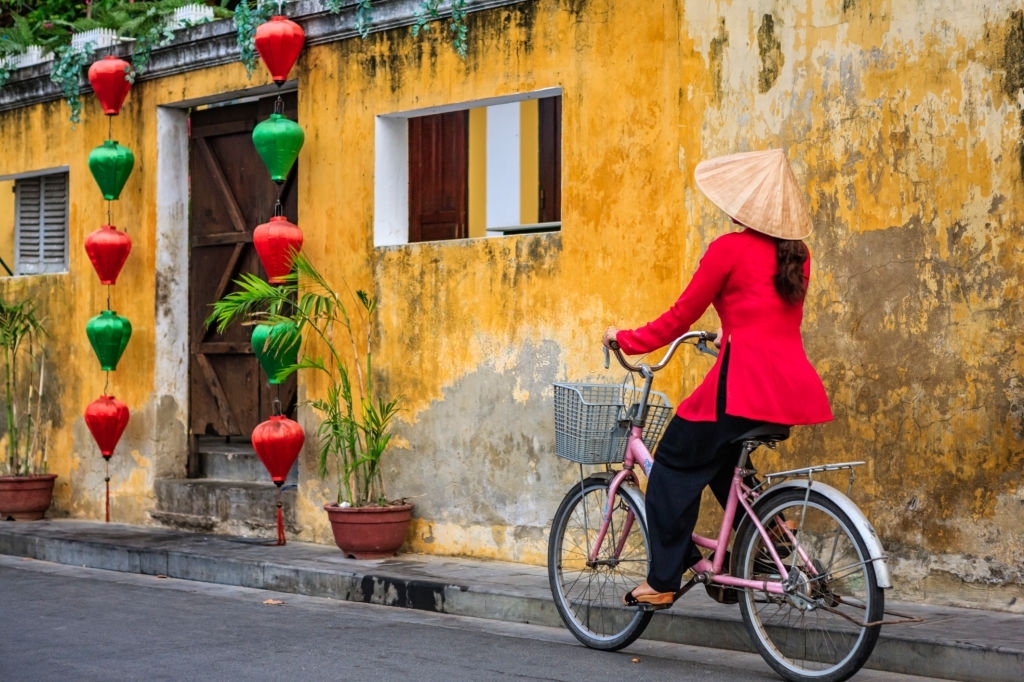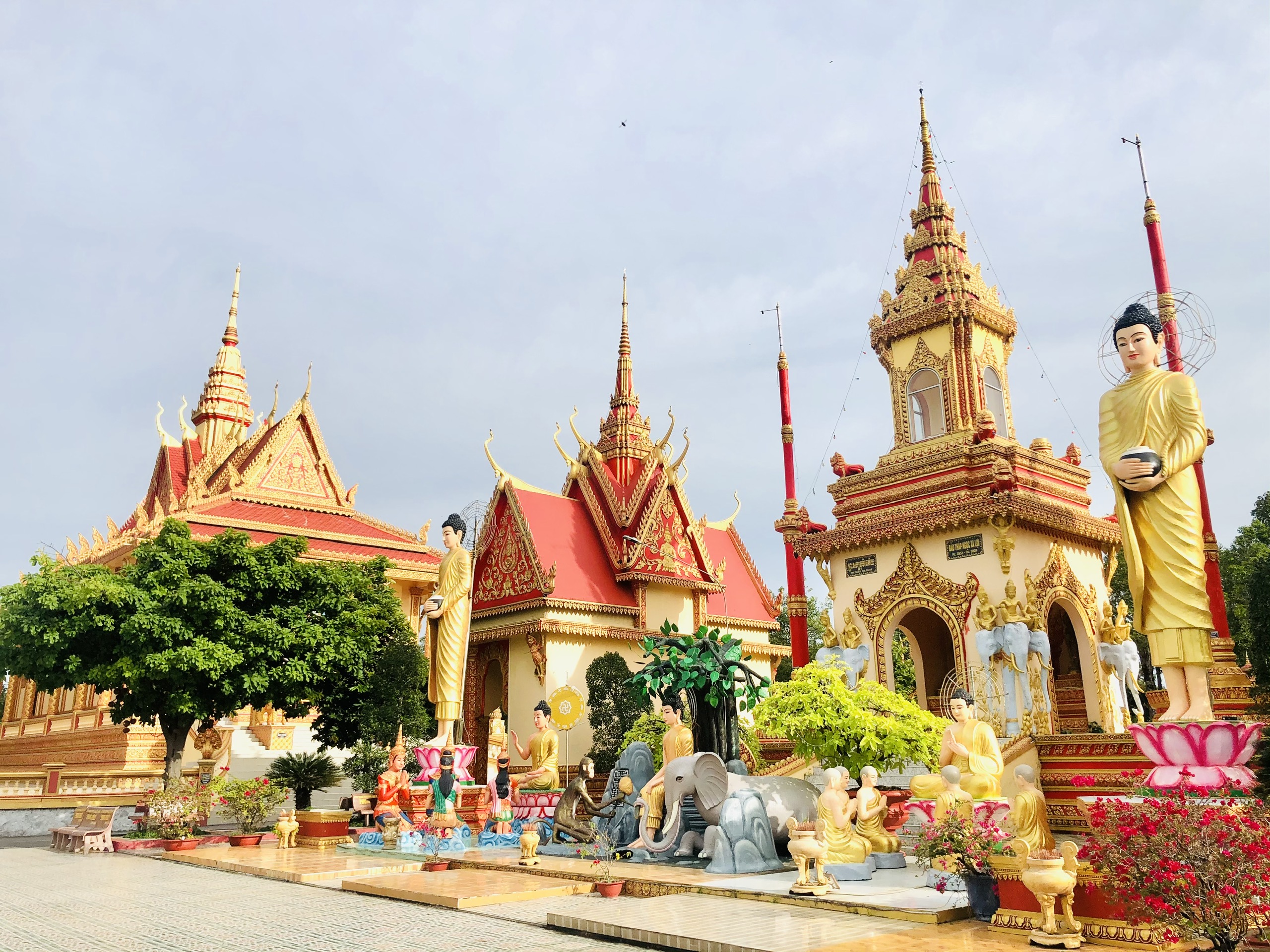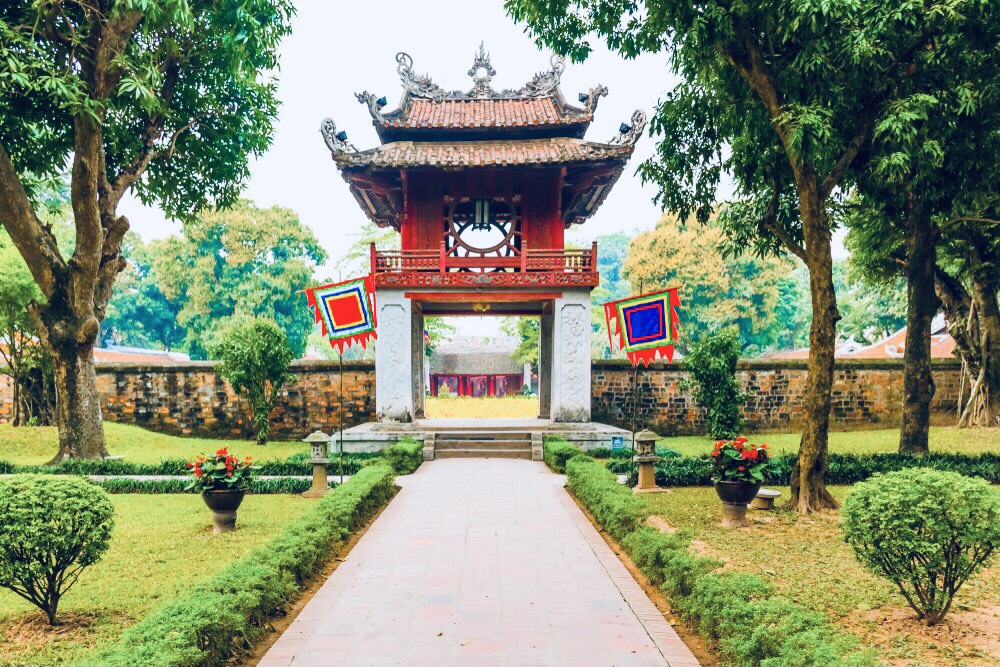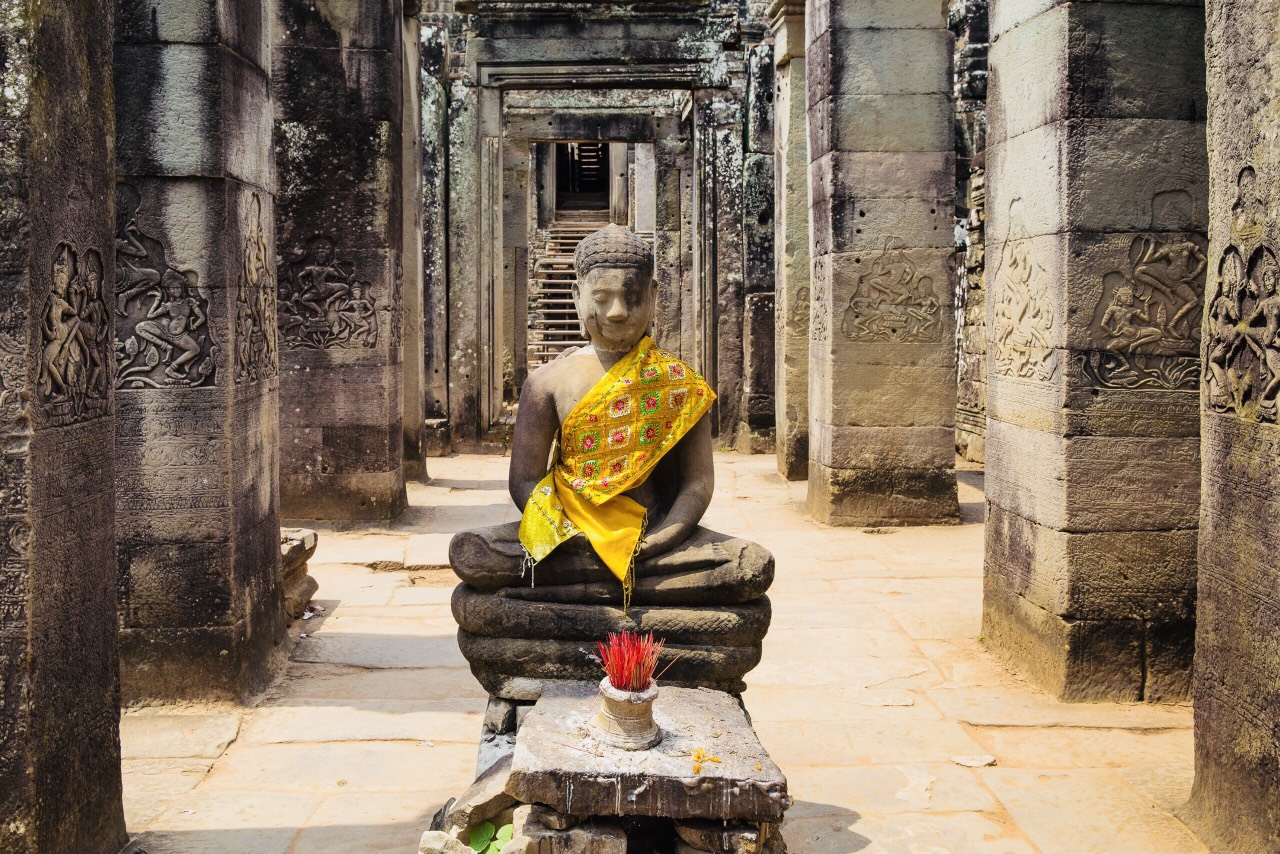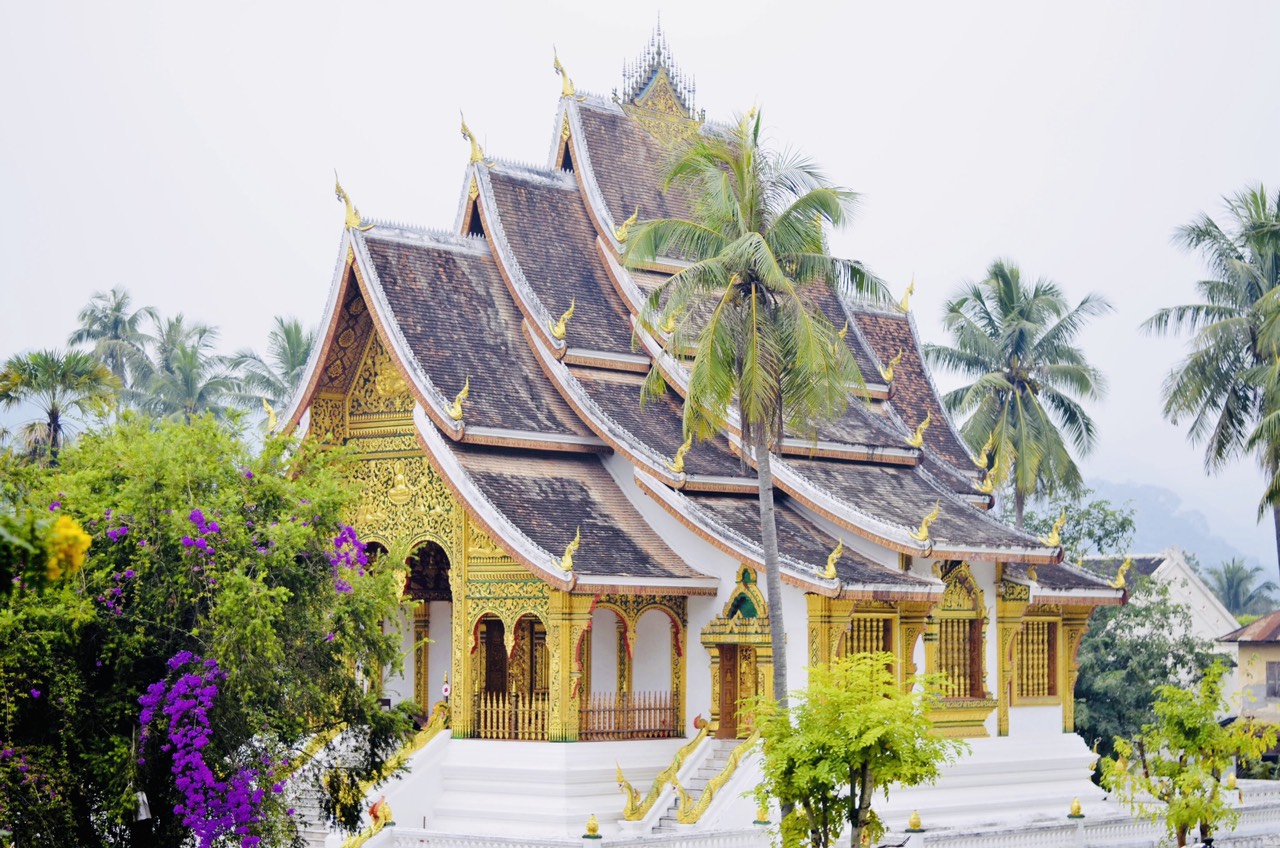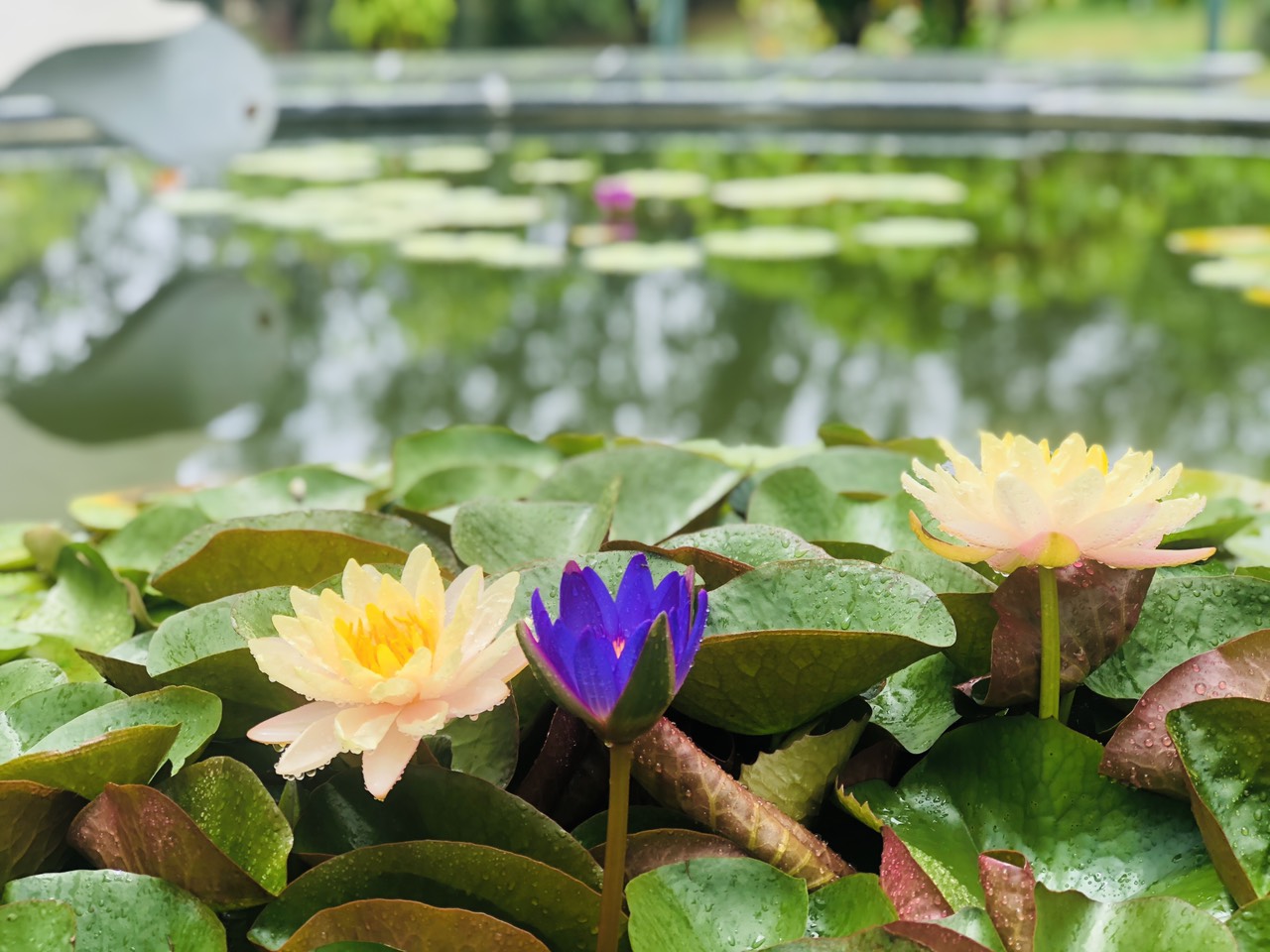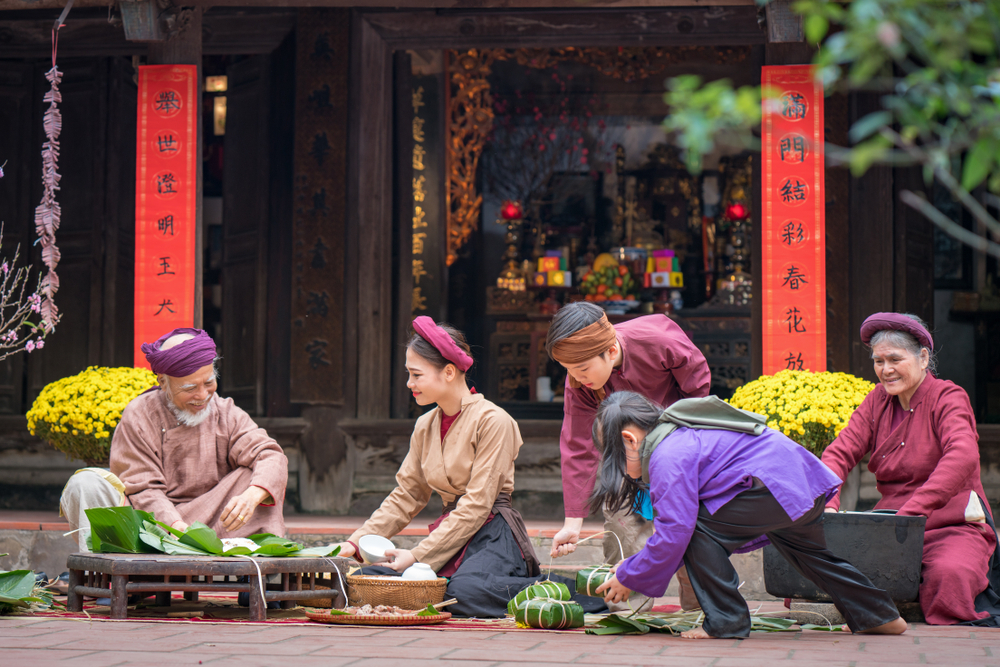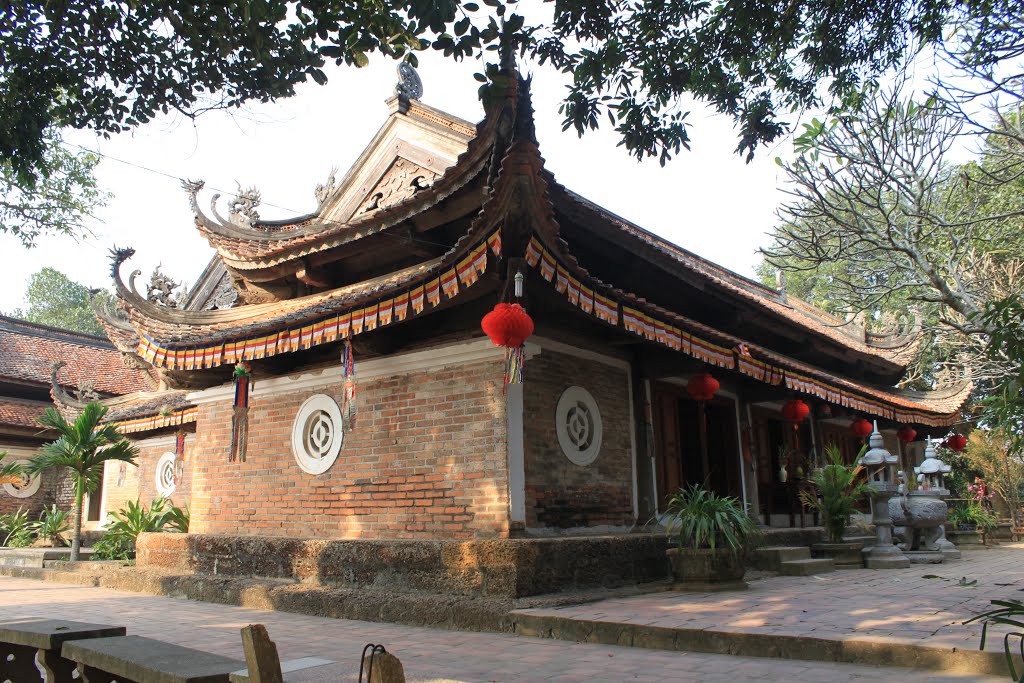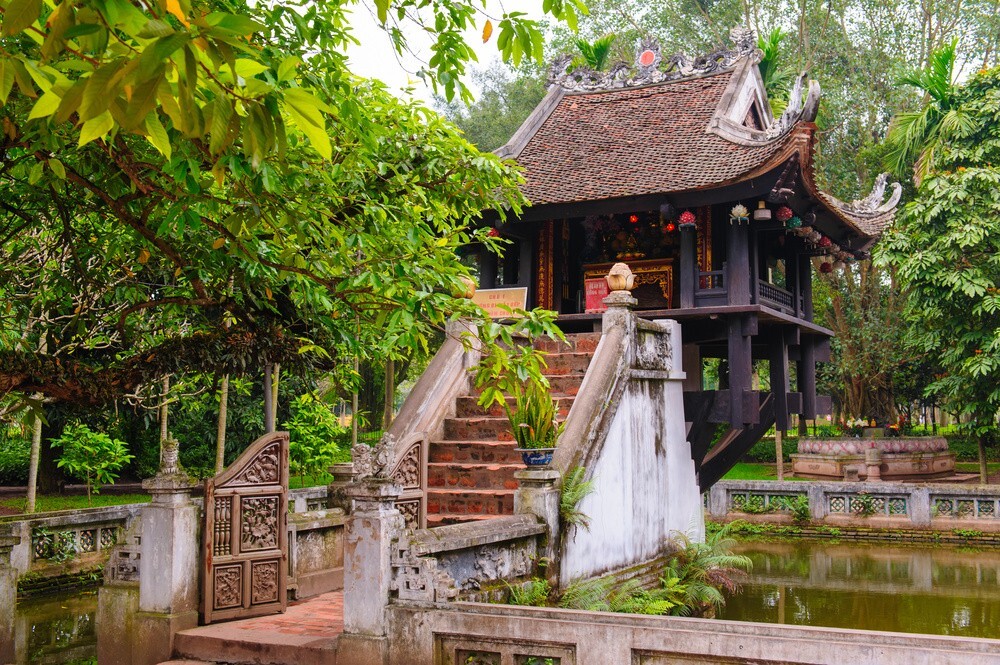
One Pillar Pagoda: discovering a thousand-year-old culture
A remarkable tourist attraction in Hanoi, the pagoda is one of the historical destinations that no one can ignore when it comes to discovering the cultural beauty of the city.
About the One Pillar Pagoda
The One Pillar Pagoda, located in the center of Hanoi, has a unique historical, cultural and architectural significance. It has existed for almost 1000 years and has become one of the typical symbols of the capital.
The architecture of the One Pillar Pagoda is wonderful in itself. The One Pillar Pagoda, which was built in 1049, was entirely built of wood on a pillar made of a single stone. After its destruction in 1954, the Ministry of Culture had the pagoda rebuilt by architect Nguyen Ba Lang in 1955. Despite the small size of the pagoda, it consists of an important human philosophy that makes its architecture totally different from other pagodas.
With great historical values, the pagoda has been officially recognized as “the most unique architectural pagoda in Asia” by the Asia Record Organization, becoming a must-see destination in the itinerary of tourists to Hanoi.
The One Pillar Pagoda consists of only a tiny wooden temple located on a large stone pillar in the middle of Linh Chieu Lake. The structure of this building consists of 3 main parts: the stone pillar, the Lien Hoa temple and the roof.
 The pillar measures 1.25 m in diameter and 4 m in height. There are two blocks in the stone pillar, but they are joined together with great skill to appear as one.
The pillar measures 1.25 m in diameter and 4 m in height. There are two blocks in the stone pillar, but they are joined together with great skill to appear as one.
The lotus, the flower representing delicate beauty, is considered the symbol of the pagoda. The pagoda rising from the lake represents a lotus rising from the mud to get pure and elegant energy. That’s why people also call this pagoda Lien Hoa Dai (the lotus temple).
The roof of the Pagoda has red tiles with four curved eaves. At the top of the roof are two dragons facing each other, symbol of proliferation, harmony between yin and yang in the eastern culture.
History of the One Pillar Pagoda
The one-pillar pagoda was originally called Dien Huu tu, which translates as “lasting happiness and good luck”.
According to history, Emperor Ly Thai Tong (1028-1054) was childless. One day, the goddess of mercy Quan Am appeared in the dream of King Ly Thai Tong. Sitting on a lotus flower, she handed him a boy. Soon after, a young peasant girl, whom he had made his favorite and whom he married, gave him an heir.
As a sign of appreciation and gratitude, the king asked the monk “Thiền Tuê” to build the temple as he had dreamed in 1049. However, in its 1000-year history, the single-pillar pagoda has been destroyed and rebuilt many times.
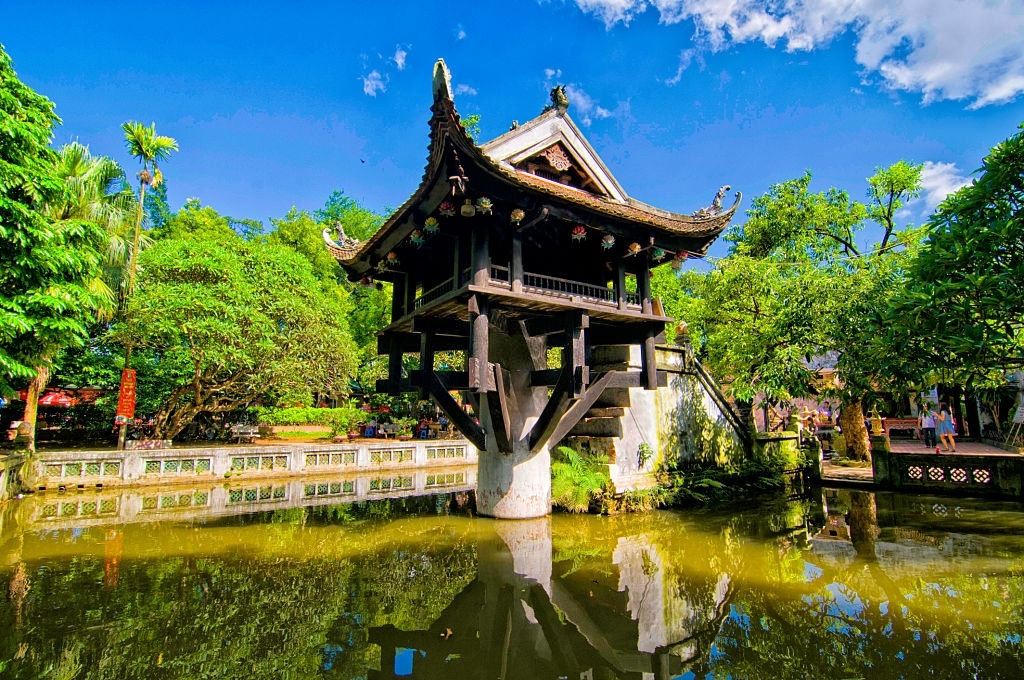
Because of its typical architecture, long history and spiritual significance, the One Pillar Pagoda was recognized as a National Architectural and Historical Relic in 1962.
The power of words is insufficient to describe the One Pillar Pagoda in Hanoi. Together with the Ho Chi Minh Mausoleum and Museum, the pagoda constitutes an important complex of historical relics, and is becoming an important destination for history researchers and visitors from home and abroad. That’s why we recommend you to go out and see every corner of Hanoi’s One Pillar Pagoda for yourself.
What you should know about visiting the One Pillar Pagoda
Are you ready to visit the amazing One Pillar Pagoda of Vietnam? Below you will find some information that will help you prepare for your visit.
Dress code
As long as you have decent attire – clothes that cover your chest, shoulders and legs – you are allowed to enter the One Pillar Pagoda and most other pagodas in Vietnam. However, it is recommended that you take a scarf with you, just in case.
Entrance fee
Entrance to the One Pillar Pagoda is completely free.
Opening hours
The pagoda is located in the Ba Dinh district of the capital Hanoi and is easy to visit by public vehicles from downtown Hanoi. The opening hours of the One Pillar Pagoda are from 8:00 am to 11:30 am every day and from 2:00 pm to 4:00 pm Tuesday-Thursday, Saturday and Sunday.
You might also like:












